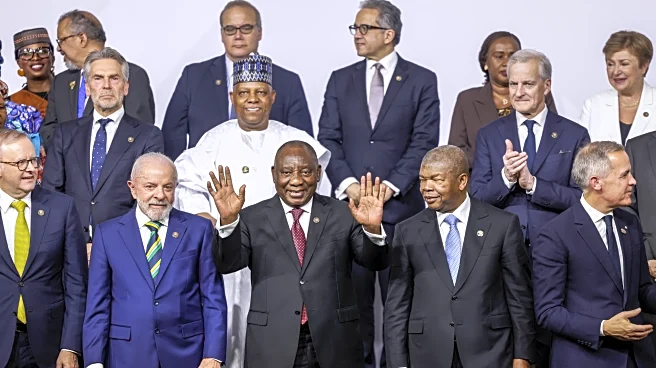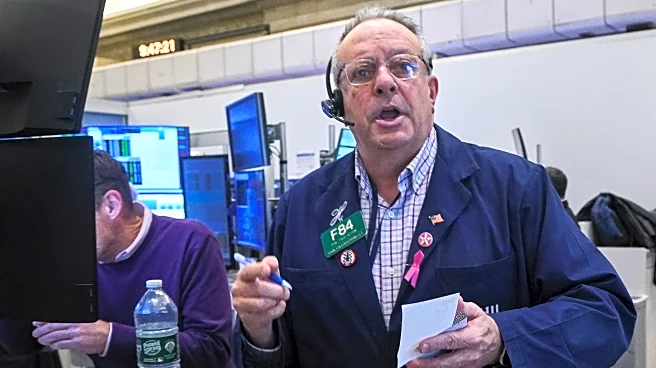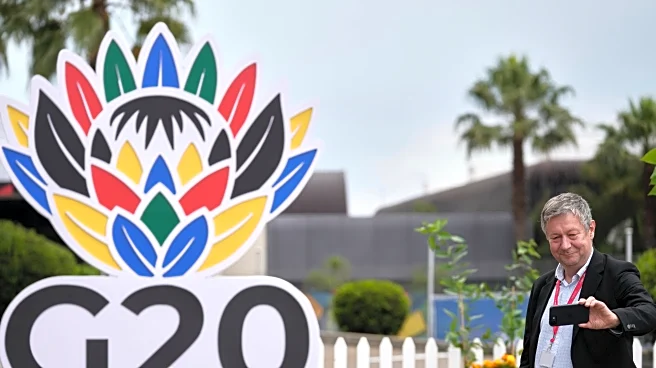What's Happening?
Sotheby’s Hong Kong recently conducted an auction featuring 125 major works from Japan’s Okada Museum of Art, achieving a total of $88 million in sales. The auction included significant pieces by Japanese
artists Kitagawa Utamaro and Hokusai, setting new records for their works. The sale was initiated by Kazuo Okada, the museum’s founder, to settle a $50 million legal bill resulting from a dispute with casino magnate Steve Wynn. The auction attracted global interest, with fierce competition among collectors from Japan, China, Europe, and the United States. Notable sales included Utamaro’s 'Fukagawa in Snow' and Hokusai’s 'The Great Wave Off the Coast of Kanagawa,' both fetching millions from private collectors.
Why It's Important?
The auction underscores the high value and demand for East Asian art in the global market, particularly works from renowned artists like Utamaro and Hokusai. It highlights the financial pressures faced by individuals involved in high-stakes legal disputes, as seen in Kazuo Okada’s case. The successful sale also reflects the resilience and vibrancy of the Asian art market, with collectors willing to invest significant sums in acquiring culturally and historically significant pieces. This event may influence future auctions and the valuation of similar artworks, impacting museums, collectors, and investors in the art industry.
What's Next?
Following the auction, Kazuo Okada is expected to settle his legal obligations using the proceeds. The sale may prompt other collectors and museums to consider auctioning valuable pieces to address financial challenges. The strong performance of the auction could lead to increased interest in Asian art, potentially driving up prices and competition in future sales. Sotheby’s and other auction houses may capitalize on this momentum by organizing similar high-profile auctions, further stimulating the market.
Beyond the Headlines
The auction highlights the intersection of art and legal disputes, illustrating how cultural assets can be leveraged to resolve financial obligations. It raises questions about the ethical considerations of selling culturally significant artworks to settle personal debts. The event also reflects broader trends in the art market, where geopolitical and economic factors influence the buying and selling of art. The involvement of international collectors suggests a growing appreciation and demand for Asian art, which could lead to increased cultural exchange and collaboration between regions.













